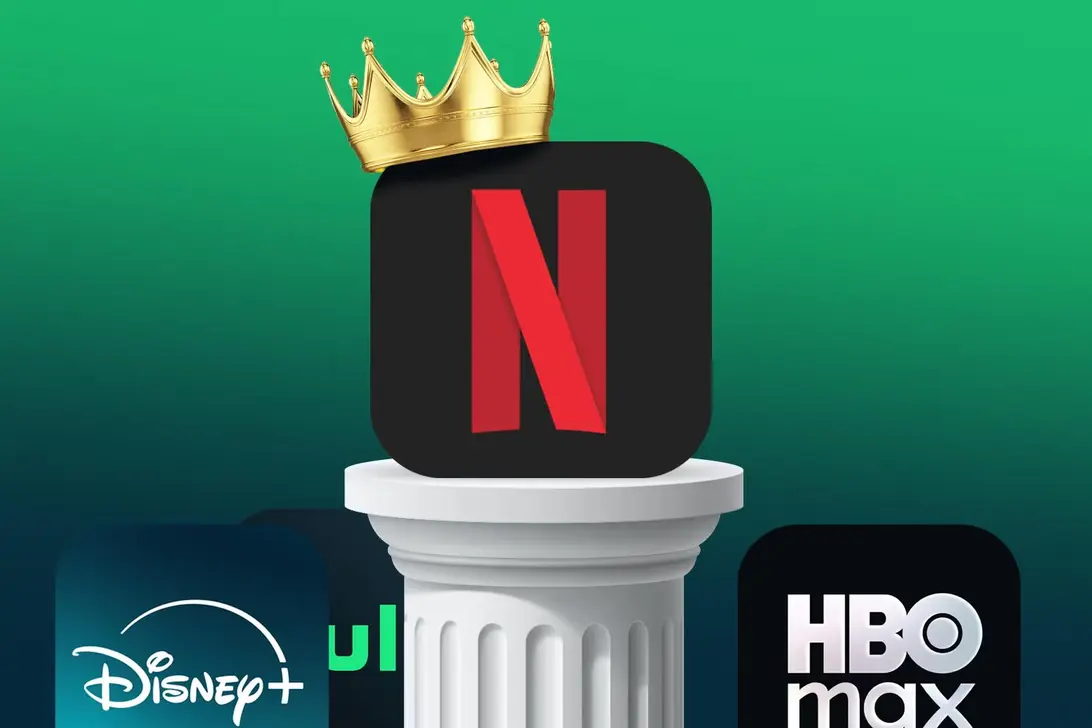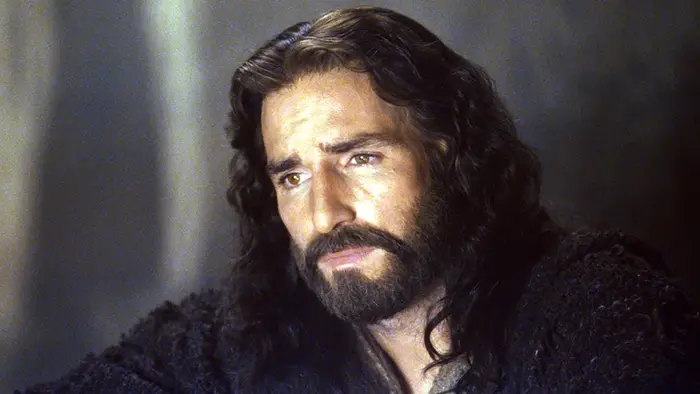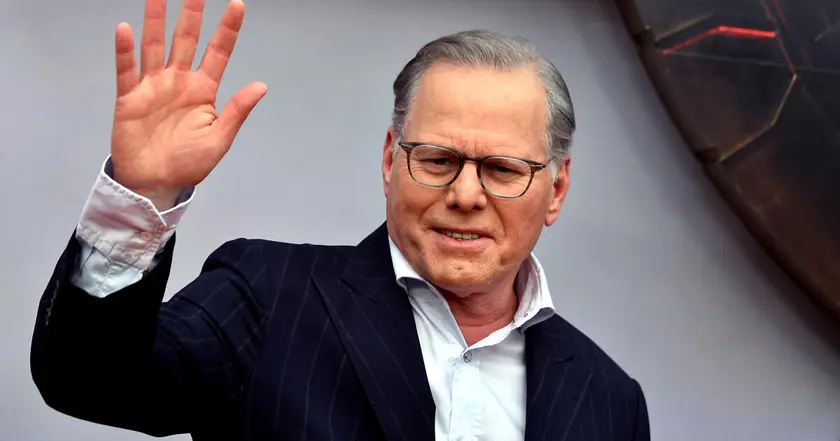T4K3.news
Lionsgate Starz split draws investor focus
The breakup aims to unlock value for investors, but market reactions are mixed as analysts weigh future growth and potential deals.

The breakup aims to unlock value for investors but faces a mixed reception as stand-alone paths unfold.
Lionsgate Starz Split Sets Value Focus
Two years after Lionsgate spun Starz into a separate company, the move aimed to unlock value for investors by letting each business be valued on its own. Lionsgate would benefit from a larger stock-market multiple tied to its 20,000-title library and its broader film slate, while Starz would be judged as a streaming-first platform with millions of subscribers. Since the split, Starz has risen about 20% in market value while Lionsgate has fallen, framing a mixed reception from the market. Industry chatter includes a possible partnership with Legendary and questions about whether either unit could become a standalone acquisition target.
Executives say the separation shifts capital allocation and reduces cross-subsidy. Starz touts its tech stack and stable operating model, while Lionsgate looks to cut overhead and improve earnings power. The bigger test will be whether investors buy the idea that the two pieces can grow independently or if a new owner emerges for either side. Analysts note that spin-offs have been a trend as studios chase different growth paths, but the path to a clear winner is still uncertain, and debt remains a restraint.
Key Takeaways
"We understand our earnings power but also understand the scale we have"
Feltheimer on earnings power and scale after the split
"Starz is the most misunderstood and undervalued stock in our sector"
Hirsch describing Starz positioning
"The value of Starz will become clearer as spin-offs unfold"
Hirsch about spin-off strategy
The split reflects a broader shift in how media groups value content and distribution. The market now prizes independent IP pipelines and proven streaming platforms, even as the sector contends with rising costs and debt. The question is whether stand-alone units can attract patient capital or rely on strategic buyers with deep pockets. If the plan hinges on catching a favorable M&A cycle, it will depend on the quality of the franchises and the strength of the back-end tech that supports Starz’s platform.
For workers and investors, the outcome will shape negotiations around budgets, staffing, and long-term strategy. A favorable deal could lift stock and unlock value, while a stumble could leave both sides exposed to market volatility and competitive pressure from larger, integrated players.
Highlights
- Value comes from focus not breadth
- A clearer asset map helps attract the right buyers
- The market will judge by deals not promises
- Spin-offs reshape risk and reward for legacy studios
Financial and investor risk from stand-alone split
The break creates uncertainty around debt load, profitability, and the appetite of buyers for standalone assets, which could invite investor scrutiny and price volatility.
The next move will tell us how a broken company can still stay whole in value.
Enjoyed this? Let your friends know!
Related News

Disney fully integrates Hulu into Disney+

Meta reshapes its AI teams

Mel Gibson's 'Passion of the Christ' sequel set for two films in 2027

Dividend Focus Turns to High Yield Bets in Turbulent Markets

Warner Bros. Discovery unveils corporate split plan

New Princes targets autumn London IPO

Intel foundry split urged by former directors

Body quirks draw online attention
